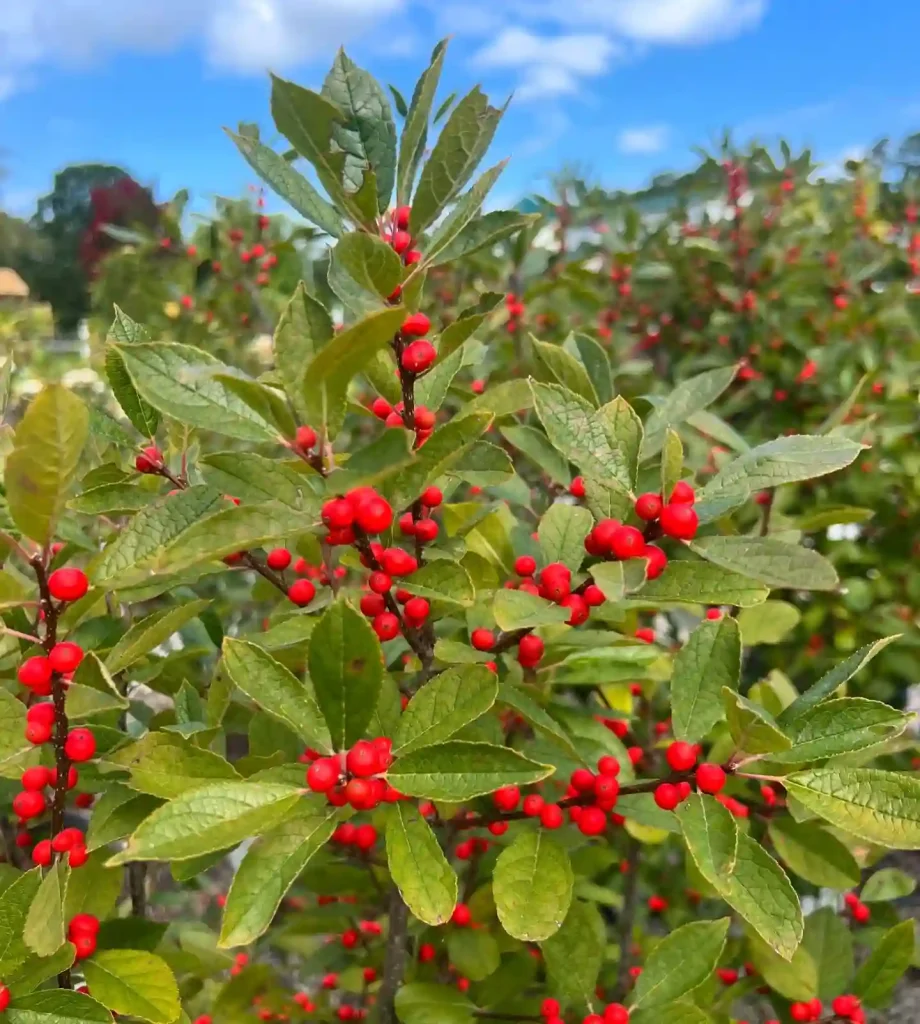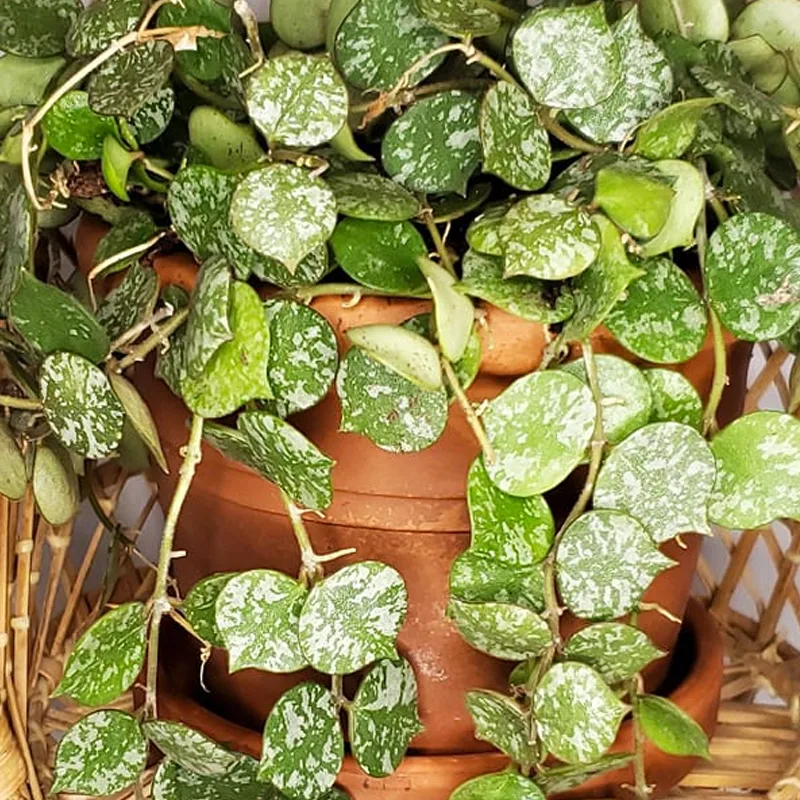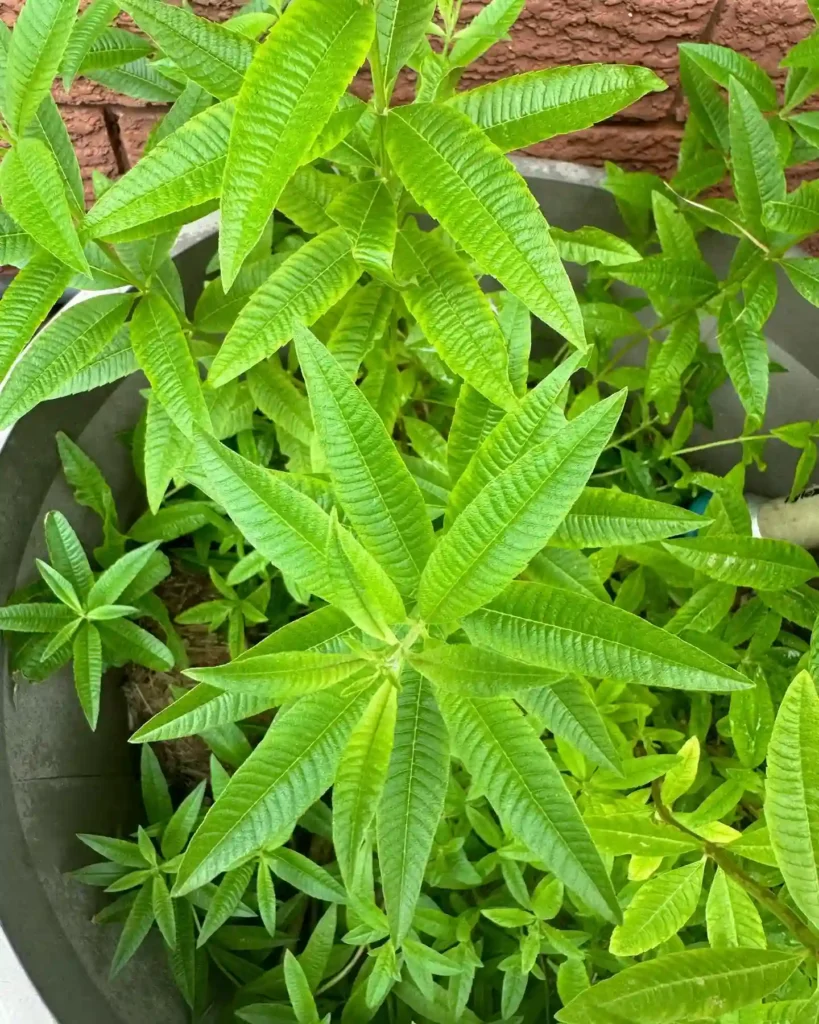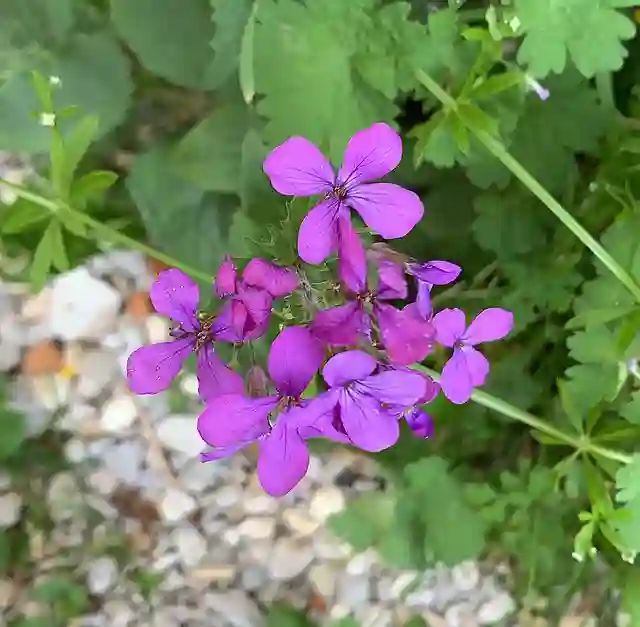Exploring the Talinaceae Family: A Personal Journey
As a plant enthusiast, I’ve always been drawn to the diversity and uniqueness of various plant families. One family that has piqued my interest recently is the Talinaceae family. This lesser-known group captivates me with its specific adaptations and ecological significance. In this article, I’ll share my insights and experiences with this family and its two main genera: Talinum and Amphipetalum.
Understanding the Talinaceae Family
The Talinaceae family is a small family of flowering plants primarily found in tropical and subtropical regions. This family is relatively niche, but it has some fascinating traits that intrigue any plant lover. The plants in the Talinaceae family are characterized by their fleshy leaves and succulent nature, which allows them to thrive in arid environments. Observing these plants in their natural habitats has been a rewarding experience, reinforcing the idea that beauty often lies in the more understated and resilient members of the plant kingdom.
The Genera of Talinaceae
1. Talinum
The genus Talinum is perhaps the most well-known within the Talinaceae family. It includes a variety of species that are often grown as ornamental plants. My first encounter with Talinum was during a visit to a local botanical garden, where I was captivated by its vibrant green leaves and delicate flowers.
One standout species is Talinum paniculatum, commonly known as Jewels of Opar. This plant has striking pink flowers that bloom throughout the summer, providing a splash of color in the garden. I’ve found that it’s relatively easy to grow, making it a great addition to my garden. The leaves are edible and are sometimes used in salads, adding a unique texture and flavor to dishes. I appreciate how Talinum combines beauty and utility.
2. Amphipetalum
The second genus in the Talinaceae family, Amphipetalum, is less familiar to many plant enthusiasts. It consists of species that are often herbaceous and have a more understated beauty compared to Talinum. I discovered Amphipetalum while researching plants for specific ecological niches in my garden.
One species that has caught my attention is Amphipetalum orientale. This plant thrives in well-drained soils and can adapt to a range of environmental conditions. I’ve enjoyed experimenting with it in a shaded area of my garden where other plants struggle to grow. Watching Amphipetalum flourish where it shouldn’t has reinforced my belief in the importance of biodiversity and the resilience of nature.
Cultivating Talinaceae Plants
Growing plants from the Talinaceae family has proven to be a rewarding experience for me. Here are some insights I’ve gathered along the way:
Soil and Light Requirements
Most plants in the Talinaceae family thrive in well-drained soil with plenty of sunlight. I recommend using a sandy or loamy mix to ensure proper drainage. When I first planted Talinum and Amphipetalum, I placed them in areas with full sun, and they flourished beautifully. It’s essential to provide the right conditions to unlock their potential.
Watering and Maintenance
These plants are generally drought-tolerant, which means they don’t require frequent watering. I typically water them once a week, allowing the soil to dry out between sessions. Overwatering can lead to root rot, which I learned the hard way!
Pest Control
While Talinum and Amphipetalum are generally resistant to pests, I’ve encountered occasional issues with aphids. When this happens, I use a mild insecticidal soap or neem oil, which has proven effective without harming the plants. It’s essential to keep an eye on them to ensure they remain healthy and vibrant.
Conclusion: The Beauty of Diversity in Talinaceae
The Talinaceae family may not be as popular as some other plant families, but its diversity and adaptability make it a fascinating subject for exploration. My journey with Talinum and Amphipetalum has deepened my appreciation for the resilience of these plants. They remind me of the beauty that can be found in the less conventional corners of the botanical world.
Whether you’re a seasoned gardener or just starting, I encourage you to explore the Talinaceae family. The plants in this family offer a unique blend of beauty, resilience, and ecological importance. My experiences with them have only scratched the surface of what this family has to offer, and I look forward to discovering more in the future. The adventure of cultivating and learning about these plants has enriched my life, and I can’t wait to see what else lies ahead.
If i die, water my plants!



